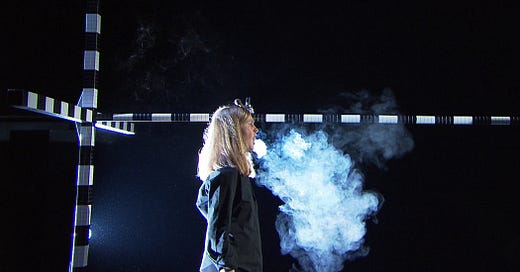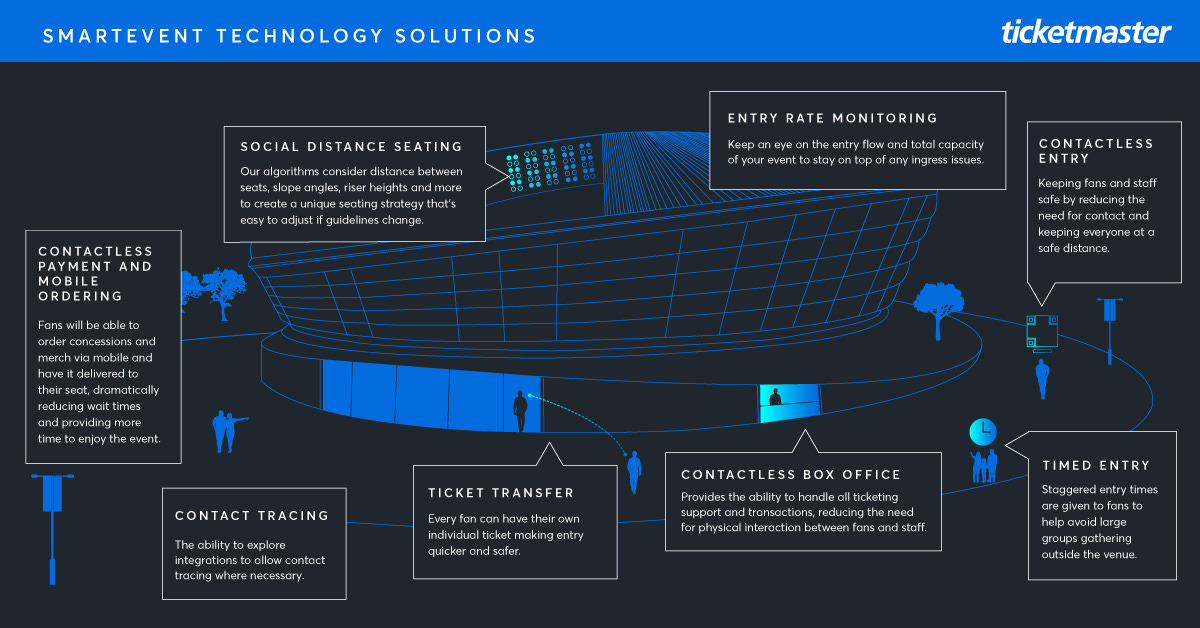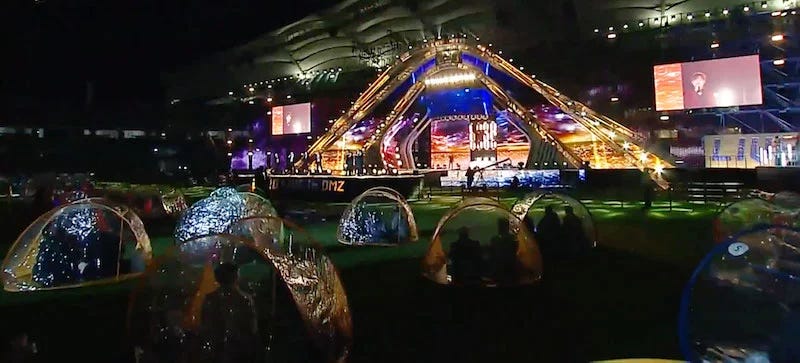It started back in March when in the Netherlands 102 of 130 choir singers of the Amsterdam Mixed Choir fell ill to Covid-19. Then came the rehearsal of the Skagit Valley Chorale in Washington State, USA. There, 52 of 60 singers contracted Covid-19. Research by the CDC then advanced the notion that group singing events are highly transmissable events. Then, in September, the Rivertroupe Gospel Choir in Spain held a rehearsal where they upheld social distancing, tested temperatures and washed hands, but again reported that 30 of 41 singers then tested positive for Covid-19.
This seems to point directly to a danger of singing in groups, but what does the science say?
First, SARS-CoV-2 spreads through droplets and aerosols emitted while coughing and sneezing, but also when speaking and singing. Hence, the need for facemasks and social distancing measures.
Second, there are studies that have shown that singing, especially professional singing where diaphragmatic breathing is used instead of natural chest breathing, actually expels fewer droplets than speaking does.
Third, the spread of aerosols is different than that of droplets. The key difference is that they spread further and remain in the air for longer periods of time. While the scientific evidence for airborne spread of the virus is incomplete, there are strong pointers that it does. The best way to prevent this is air ventilation, avoiding air recirculation, and avoiding overcrowding. Going back to the choir examples above, we notice that they all took place in closed environments.
Where does this leave singers and choirs specifically? While the current spate of lockdowns - at least in Europe - prevents all cultural life from playing out, it seems that it’s not the singing that’s the problem. At least, not when it’s done with distancing and other hygiene measures in place. What would be required, however, is proper air ventilation. This might not be available in all rehearsal spaces, but seems to be the key to bringing all those wonderful voices out again.
If you’re new to MUSIC x CORONA and would like emails like this one in your inbox twice a week, sign up for free:
Last week, I wrote about the Project RESTART-19 results, which also stressed the importance of good air ventilation. In light of that I’d like to highlight the following:
Ticketmaster has come out with SmartEvent, ‘a suite of technology tools that helps fans return to live events.’
Social distance seating tool: uses custom algorithms to determine and configure seating arrangements based on venue size, logistics, distance, etc.
Timed entry tool: provides fans specific entry times
A bunch of contactless stuff connected to the Ticketmaster app, including payments, ordering, scanning tickets, etc.
Secure ticket transfer: a tool to help with contact tracing if needed
A UK booking agent has created a set of guidelines for DJs playing shows. Especially the ‘whilst at the show’ part is relevant across the board and globally.
Quick
Ticketing platform Seated has revealed data from the virtual shows they’ve sold tickets to:
50% of ticket sales happen in the 48 hours before the event vs 13% the day of announcement
Independent venues and promotors are great co-promotors for live events, adding around 30% ticket sales on top
People prefer the big screen to their phone (less than 15% watch shows on their phone)
Shain Shapiro wrote an excellent article in Forbes on the pressures heaped on our ecosystem and how we can alleviate them. I’m tempted to quote at length:
The pandemic has highlighted that music remains an integral part of society, but it seems to have further disassociated the end product - the finished song - from the process of how the song got there in the first place. And right now, in the eye of the pandemic, it is the time to fix this. We can do that through the creation of a Music Development Bank … [this] could provide micro and SME financing for music rights and ecosystem development in markets that lack it. It could provide social impact investment in music and cultural infrastructure, requiring those who access finance to commit to sustainable development, invest in local talent and commit to copyright transparency. Such a bank could prioritise climate negative investing - which could spawn better venues, better festival sites and better cultural infrastructure, especially in developing music markets. It could incorporate music into 20, 30 or 40 year investment plans - suitable for pension funds and sovereign wealth funds - because of the low-risk, consistent yield that music has proven to deliver year in, year out, prior to the pandemic. And music isn’t going away - we need to ensure investment reaches the source of creation. Now is the time to do so.
With quarantines coming back into play this video series on how artists use technology to connect themselves to the world is extremely topical: The Disappearance of Music
The Australian collecting society ARPA announced payouts from digital services grew by 27% YoY, but there were big drops for commercial TV (20%), commercial radio (57%), and concerts (24%)
IQ Mag has a helpful overview of all the Covid-19 tests that are being developed that could help speed up a return to live
MUSIC x CORONA is composed by Bas Grasmayer and Maarten Walraven.
❤️ patreon - musicxtechxfuture.com - musicxgreen.com - linkedin Bas - linkedin Maarten





